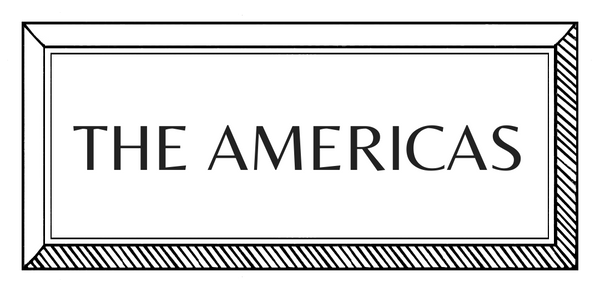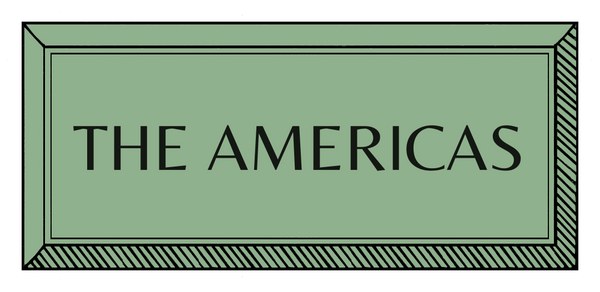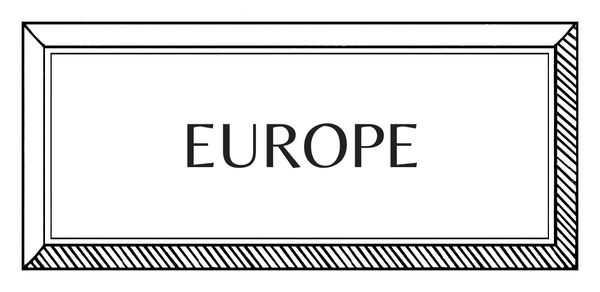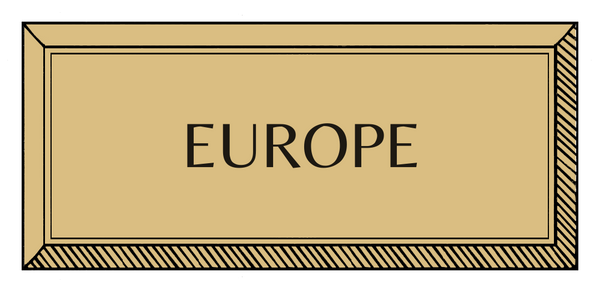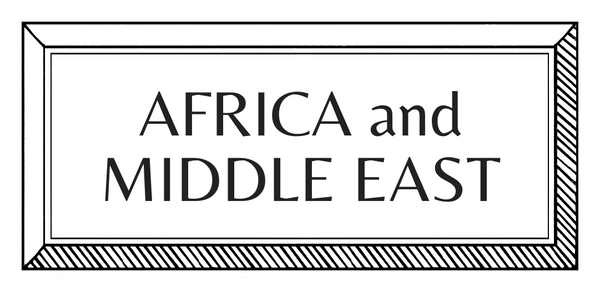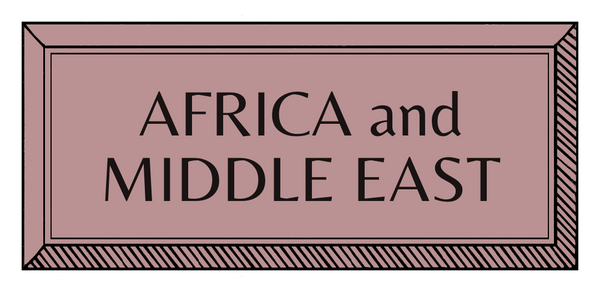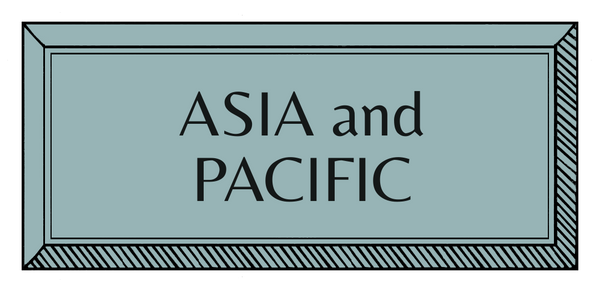MAKERS | EUROPE | ITALY | TEXTILES
Gianluigi Bertozzi | Block Printer

Stamperia Bertozzi, a family-run artisanal workshop in Emilia-Romagna, has been hand-printing high-quality linens since 1920. Today, as the third-generation leader, Gianluigi Bertozzi continues to innovate while staying true to the workshop's heritage. With a focus on sustainability and artistic excellence, Stamperia Bertozzi remains a celebrated name in Italian craftsmanship, drawing on rich tradition and Renaissance printing techniques.
How did you begin?
The story of Stamperia Bertozzi begins with a love affair. My grandfather was a cabinetmaker and carver (producing both moulds and decorated furniture) while my grandmother was the daughter of a dyer, like so many in that area of Romagna at the time... in the early 1920s they got married and decided to go into the printed cloth business. What drove them was not only the obvious convergence of their trades, but also the fact that at that time there was cultural ferment around the technique, which was being 'rediscovered'. So-called 'martial painting', obtained by oxidising rust and secret recipes that families handed down to each other with great solemnity, dated back to the Ancient Romans but had remained somewhat neglected in the panorama of Italian craftsmanship, considered a vernacular phenomenon. In fact, hemp cultivation was widespread in Romagna, but production was more or less limited to the needs of the family nucleus, since it was a matter of self-consumption and not trade for profit. Every farmhouse had a 'sewing room', where people would gather in winter... It was the Art Noveau that rediscovered the beauty of this art and redeemed it from provincialism. And my grandfather, aware that he was in a small town of 5,000 inhabitants but which already had five printing works (historic ones!), realised that he would only have his opportunity by looking outside the region, and therefore exporting his products to Milan, Florence, etc... Grandfather Luigi had five children, of whom my father was the youngest. Yet it was he who continued the business, which he then passed to me.
How did you learn?
Our work is rooted in tradition, and everyone from the older generations had some rudiments of the technique. It was after World War II that everything changed, because trade opened up and the previously insurmountable difficulty of procuring dyes suddenly disappeared. New fabrics arrived besides hemp - linen and cotton above all. Paradoxically, this progress also laid the foundation for the problems I had to face when I took over the business: chemical dyes had a disastrous ecological impact and it took me 20 years to complete the transition to a perfectly sustainable method (introducing steam fixing and finding substitutes for chemical dyes).

How do you plan, prepare and create?
We treat all products individually... I mean production is not industrial, but changes from time to time for each individual piece of fabric. We commission the finished garment and our work in the strictest sense begins with the printing, positioning the blocks according to the desired effect and dividing them into modules. The central and iconic stage of hand-printing is of course the artisan's stamping, which begins with inking the pad and ends by hammering the stamp onto the fabric. The use of the hammer is typically romagnolo (it does not exist in Indian hand-blocking, for example) and is the trick that allows even the thickest fabrics to be dyed. The final steps are steam drying and fixing, in an oxygen-free chamber.
Who or what most influences your work?
Throughout history, printmakers had developed iconographic archetypes: the grape, the cockerel, the pine cone and the thistle... they were elements of peasant life, stylised and rendered ornamental. In terms of design, my grandfather imported all the graphic imagery of cabinetmaking, creating a departure from the original themes. There were French manuals circulating at the time among carpenters that were deliberately eclectic and exhibited the different possibilities of decoration: from Greek mouldings to Byzantine themes, from Rococo to Empire Style... More than inspiration in the strict sense, my grandfather had the intuition to transfer language from one type to another. What fascinates me now is innovation: for example, we have recently perfected the technique already in use with textiles with ceramics, and have been able to make plates with our repertoire of patterns.
Where do you work?
Our workshops in Gambettola are open to anyone curious to see the production process, and the archive can also be visited. And we will soon inaugurate an enterprise museum!

Interview by Sara Pierdonà
Images from Stamperia Bertozzi






